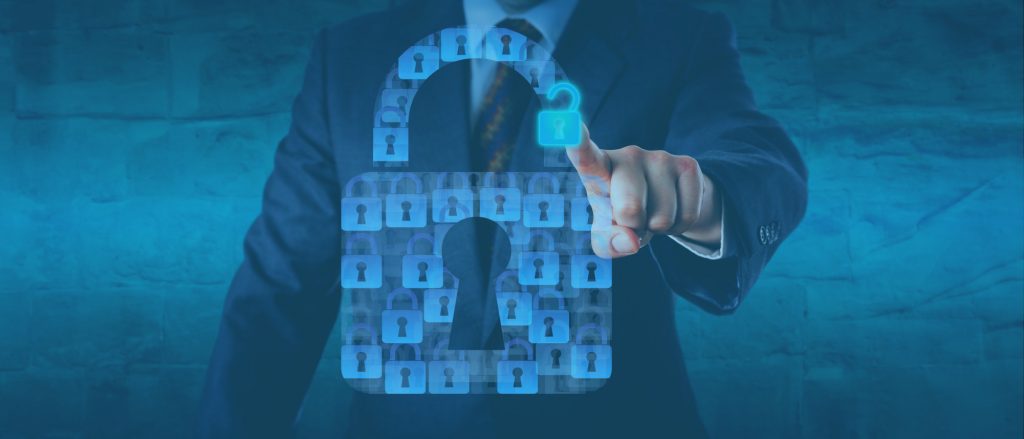We all know how crucial cybersecurity has become for all businesses but are you including dark web scanning? Companies should consider implementing dark web scanning as part of their cybersecurity strategy for some very compelling reasons:
Early Threat Detection:
Dark web scanning allows organizations to detect compromised credentials and potential security threats at an early stage. Identifying threats before they are exploited can prevent unauthorized access and data breaches.
Protection Against Credential Stuffing Attacks:
Cybercriminals often use credential stuffing attacks, where stolen usernames and passwords from one breach are used to gain unauthorized access to other accounts. Dark web scanning helps organizations identify and mitigate the risk of such attacks.
Proactive Security Measures:
Implementing dark web scanning is a proactive approach to security. It enables organisations to take corrective actions, such as password resets or multi-factor authentication implementation, before malicious actors can exploit compromised credentials.
Data Leakage Prevention:
Dark web scanning helps organisations identify instances where sensitive data, such as customer information or proprietary data, is leaked or exposed on the dark web. This allows for timely action to prevent further data leakage.
Compliance Requirements:
Many industries and regulatory bodies have specific requirements regarding the protection of sensitive information. Implementing dark web scanning can help organisations comply with these regulations by actively monitoring for potential security risks.
Incident Response Preparedness:
Early detection of compromised credentials through dark web scanning contributes to incident response preparedness. Organisations can respond more quickly and effectively to security incidents
when they have timely information about potential threats.
Protecting Reputational Risk:
Data breaches and security incidents can severely damage a company’s reputation. Proactively monitoring the dark web for potential threats helps organisations protect their brand and maintain the trust of their customers and stakeholders.
Preventing Financial Losses:
Cybersecurity incidents, such as data breaches, can result in significant financial losses. Dark web scanning helps organizations prevent financial losses by addressing security threats before they lead to costly incidents.
Continuous Monitoring:
The dark web is dynamic, and new threats emerge regularly. Continuous dark web scanning ensures that organisations stay ahead of evolving cybersecurity risks and maintain an up-to-date security position.
Employee Awareness and Training:
Dark web scanning results can be used as part of employee awareness and training programs. It highlights the importance of using strong, unique passwords and following security best practices.
Third-Party Risk Management:
Organisations often work with third-party vendors, and the compromise of a vendor’s credentials can pose a risk. Dark web scanning can be used to monitor for potential risks associated with third-party credentials.
Competitive Advantage:
Demonstrating a commitment to cybersecurity and taking proactive measures, such as dark web scanning, can be a competitive advantage. It can instill confidence in customers, partners, and investors.
Implementing dark web scanning should be part of a comprehensive cybersecurity strategy that includes other preventive, detective, and responsive measures. It is an important tool in the overall effort to protect sensitive information, maintain trust, and safeguard the integrity of an organization’s digital assets.


